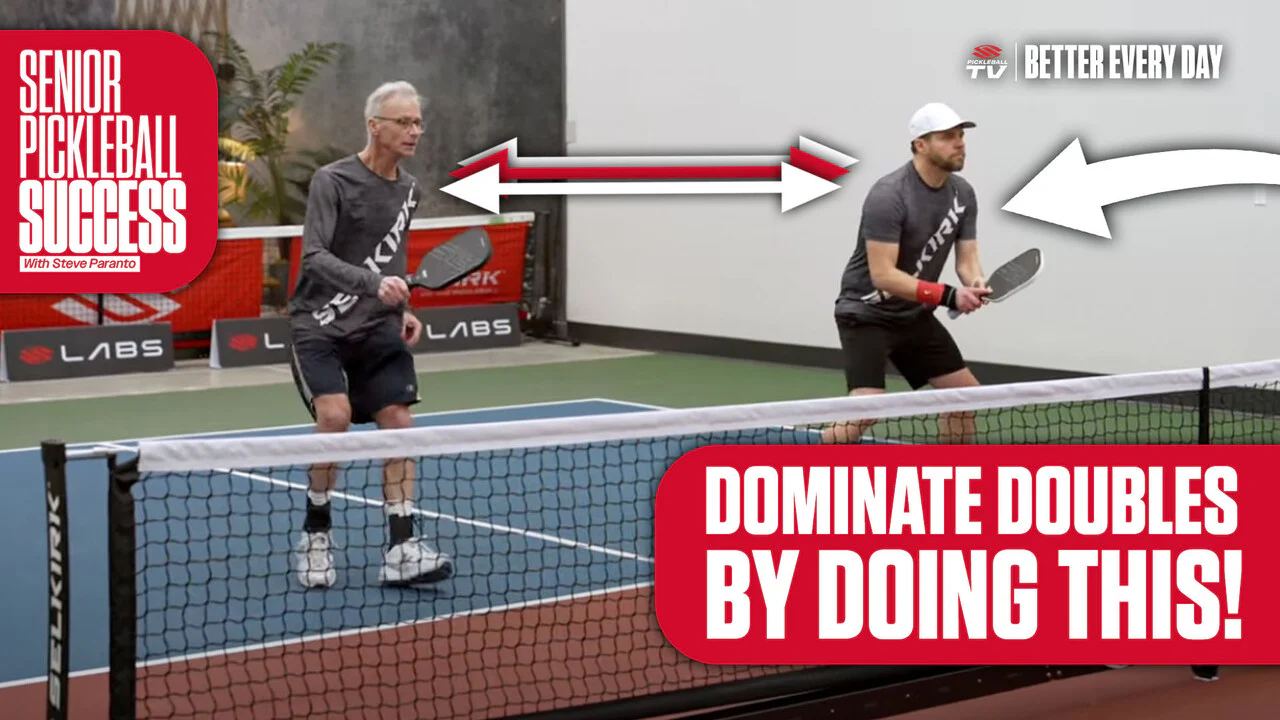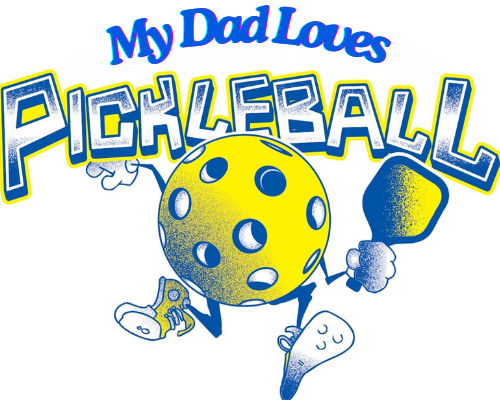
Dominate Doubles as a Senior by Stacking
Strategies for playing pickleball with a younger partner — Tips for senior success
As a senior player, some of the most fun times you can have on the court are when playing with younger players. You can mentor them and compete with people of different skill sets.
However, there are considerations to make when playing with a younger, or more athletic player.
In a new Selkirk Pickleball TV series, “Senior Success,” senior professional pickleball player Steve Paranto shares tips for seniors who play pickleball. In this episode, Steve shares his advice for the mindset you should use when playing with younger individuals.
How to communicate with your younger partner in pickleball
You may be used to playing on the left side or taking the lead among your group of senior players. However, when playing with younger individuals, they will typically be able to make more shots.
So, it’s important to put your ego aside and tell your partner from the beginning that they are responsible for covering more of the court. Visually demonstrate how much court you intend to cover so you can start your match on the same page.
Generally speaking, you should act as the setup player. Move the ball around to create opportunities for your younger partner to put the ball away.
And don’t be afraid to let your younger partner chase more balls. For example, if your opponent hits a lob shot, let the younger legs run to retrieve the ball.
Stack when playing with a younger player
When you have a younger player as your partner, an effective strategy is stacking. Stacking helps teams leverage their strengths and preferred positioning on every play, rather than having to switch sides after each point.
The easiest way to begin stacking is to use the “half stack.” To achieve this strategy, both players on a team line up — or stack — on the same side of the court before a serve. After the proper player serves the ball, the players can quickly move to their preferred position on the court.
Once you’ve mastered the half stack you can begin to unwind the stack on the return. This requires you and your partner to position yourselves as you would normally for a return of the ball. After the proper player hits the return of serve, both players transition to their preferred side of the court before the next ball is returned to them.
The difficulty of stacking as a senior player
For the most part, stacking is an easy and effective strategy. However, it can be challenging when the senior player needs to return the ball and run cross-court to get to the kitchen line.
There are a few ways to overcome this scenario:
- Don’t stack for this point. If you know you’ll have a hard time reaching the kitchen line before your opponents return the ball, consider playing out the point as normal. While you won’t get your preferred side of the court, you may avoid leaving a lot of the court vulnerable to attack.
- Buy time with a high-arcing shot. Hit your return with a high arc and aim it down the sideline in front of you. This should give you the necessary time to get to the kitchen line.
- Ask your younger partner to cover you. If you know you’ll need extra time to get to the net, communicate early with your younger partner. They can take a more aggressive court positioning near the centerline until you have established yourself at the kitchen line.



